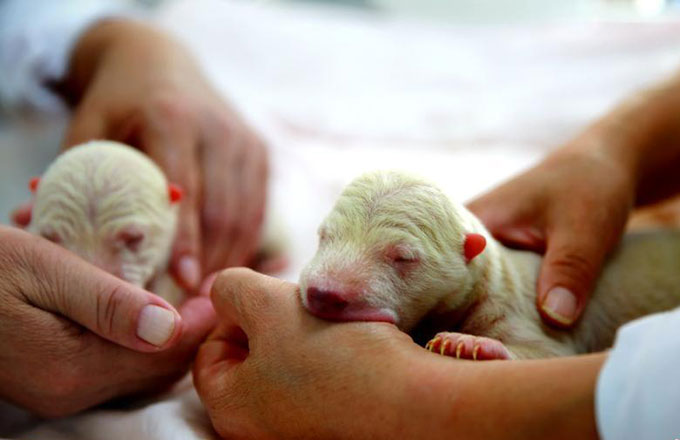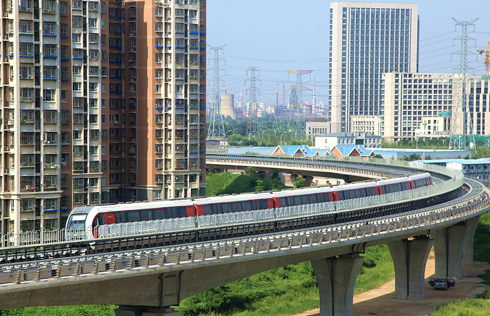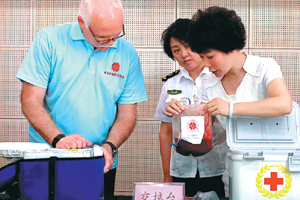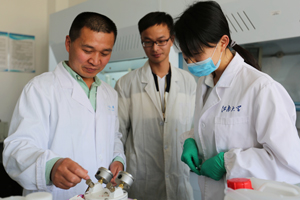Ozone issue surfaces as PM 2.5 falls
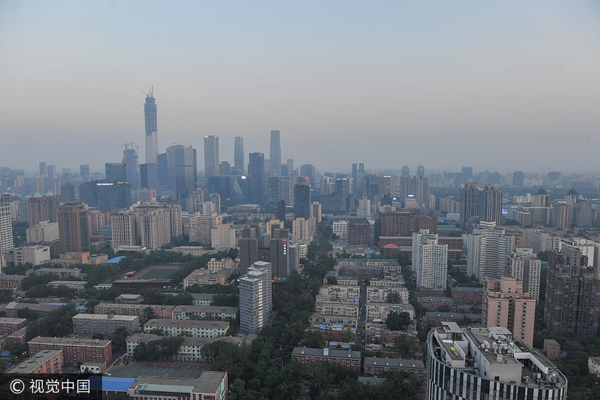 |
|
Beijing sees a slightly polluted day in May. Ozone pollution has emerged as a new threat to the city's air quality. [Photo/VCG] |
Beijing-Tianjin-Hebei region's problem is shared by many developed countries
The smog-filled Beijing-Tianjin-Hebei region has seen improvement in combating particulate pollution, such as PM2.5, since 2013, but faces worsening ground-level ozone pollution during the summers, a challenge many developed countries share, a new report from Peking University said.
The 13 cities in the Beijing-Tianjin-Hebei region last year saw the annual average concentration of ground-level ozone increase by 13.1 percent, compared with the level in 2013, the report said.
The report was conducted by the Center for Statistical Science and the Guanghua School of Management, both based at Peking University, using data released from the 73 State-controlled air quality monitoring stations and 25 meteorological stations in the region between March 2013 and May 2015.
"The analysis has clearly showed the sharp decline of the major airborne pollutants since 2013, especially of particulate matter, because a package of strong control measure initiated in past years works," Chen Songxi, director of the statistics center and survey leader, said on Tuesday.
The annual average concentration of PM2.5 decreased last year by 27 percent since 2013, and PM10 fell by 31 percent last year, compared with the 2013 level, according the report, released on Saturday.
PM2.5 and PM10 refer to fine particulate matter, with diameters measured in microns, and are regularly monitored.
"The region is likely to reach the target of reducing the concentration by 25 percent by the end of 2017 from the level in 2013," the report said.
The annual levels of sulfur dioxide and carbon monoxide dropped dramatically in the past four years, and nitrogen dioxide concentration dipped.
But among other major pollutants, ground-level ozone concentration has increased in the 13 cities between 2013 and 2016, the report said.
"In summers, this invisible oxygen pollution worsened, and governments should set reduction targets to control it, like they did in combating PM2.5," said Chen.
High ozone concentration at ground level could lead to breathing problems, lung diseases and asthma, the World Health Organization has said.
Since May 1, Beijing has had 53 days with excessive ground-level ozone concentration, increasing 7 percent above the annual average in the same period of the past five years, said Dong Xin, an engineer at the Beijing Environmental Monitoring Center.
"But it doesn't mean the controls are not working, because the increased ozone has a close relation with the strong sunshine," she said.
Many developed countries have faced the problem in summers, as well.
zhengjinran@chinadaily.com.cn






